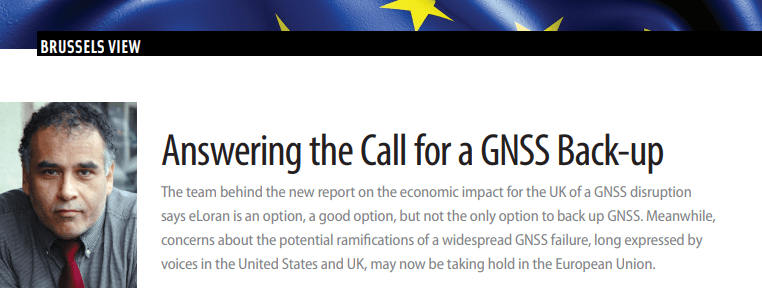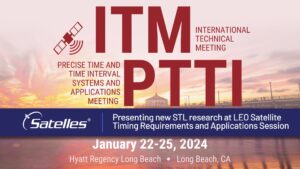Peter Gutierrez, Inside GNSS’s European correspondent and senior reporter/editor, recently published “Answering the Call for a GNSS Back-up” citing Satelles STL as a solution:
“Another technology currently making waves is called Satellite Time and Location (STL). The Satelles company is using existing low-earth-orbit Iridium satellites, normally used for communications, to deliver a powerful signal for accurate and resilient positioning, navigation and timing that works anywhere, including indoors.
The STL signal is about 1000 times more powerful than GNSS signals, and it has some built-in cryptography elements, making STL easier to “hear” in difficult locations and harder to jam or spoof, compared to GNSS.
However, as with all other options, STL has its limitations. As Satelles’ Senior Radio Frequency Hardware Systems Engineer Stewart Cobb explained to us last December in Noordwijk, “STL works a lot like the old transit system where you watch a satellite go overhead and you take a series of fixes and between them you figure out your position. With GPS you need four satellites to get a fix, but generally you can see 10 or 12 so you can get a fix almost instantaneously. Basically, with STL it’s going to take longer to get a precise fix.”
Looking at the array of solutions examined in the report, Sadlier said, “The most applicable mitigation strategies for the largest number of applications are eLoran and STL. These high-availability services could mitigate many of the detriments in the maritime sector, and while the accuracy is insufficient for container stacking and autonomous cranes, the ability to schedule port operations and reduce downtime would help keep ports open.”
The cost of resurrecting eLoran to a usable level, he said, would be on the order of £50m over 15 years (or about $65.1 million). The cost of STL is still unclear at this early stage in its development.
Proctor also suggested the best solution is likely to involve a combination of technologies. “The combination of eLoran and STL likely would give the broadest coverage in the event of an extended GNSS outage,” he said.
The report identified Omnisense SP500 and Locata as possible preferred solutions for localized applications that require high levels of accuracy.
“Timing applications have been found to be resilient to a five-day outage of GNSS,” Sadlier said, “but one could implement eLoran, STL, Locata or freely-available Network Time Protocol (NTP) servers as a source of timing for low accuracy applications. If higher accuracy is required, Precision Time Protocols (PTP) or time-over fiber networks, like NPL Time, are two alternatives.”



